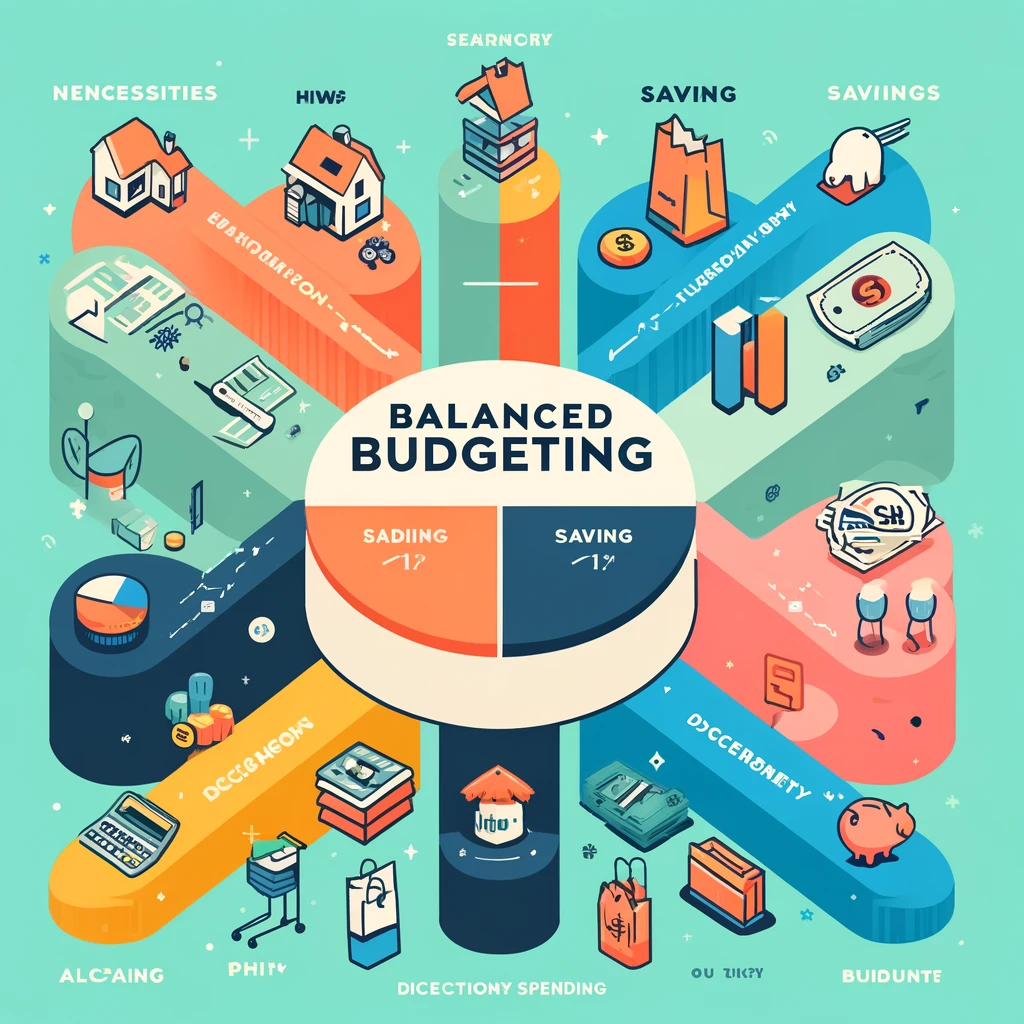Navigating the complexities of tax law can be daunting, but with the right strategies, it’s possible to minimize your tax liability and maximize your returns. Effective tax planning involves understanding the nuances of current tax regulations and leveraging various deductions, credits, and tax-advantaged accounts to your benefit. This guide delves into several key strategies aimed at optimizing your tax situation, ensuring you keep more of your hard-earned money.

Understanding Your Tax Bracket
Identify Your Tax Bracket Your tax bracket, determined by your income level, significantly impacts your tax rate. Understanding which bracket you fall into can help you make informed decisions about which tax-saving strategies will be most effective for you.
Leverage Tax Deductions and Credits Tax deductions reduce your taxable income, while tax credits directly reduce the amount of tax you owe. Familiarize yourself with the deductions and credits available, such as those for education expenses, charitable donations, and energy-efficient home improvements.
Investment Tax Planning
Tax-Advantaged Retirement Accounts Contributing to retirement accounts like 401(k)s and IRAs can significantly lower your taxable income. Roth IRAs and Roth 401(k)s, while funded with after-tax dollars, offer tax-free growth and withdrawals, beneficial in retirement.
Capital Gains Tax Strategies Holding investments for more than a year before selling can qualify you for long-term capital gains rates, which are lower than short-term rates. Consider tax-loss harvesting to offset capital gains with any investment losses.
Real Estate and Business Tax Planning
Leverage Real Estate Deductions Homeowners can take advantage of mortgage interest deductions, property tax deductions, and potential home office deductions if you work from home.
Business Expense Deductions For business owners, meticulously tracking and deducting business expenses can significantly reduce taxable income. Consider structuring your business to take advantage of pass-through taxation or establishing a retirement plan for employees to reduce taxable income.
Family and Education Planning
Utilize Education Savings Accounts 529 plans and Coverdell Education Savings Accounts offer tax-advantaged ways to save for education expenses, potentially providing tax deductions or credits.
Income Shifting Income shifting involves transferring income to family members in lower tax brackets. This can be achieved through employing family members in a family business or gifting appreciated assets.
Charitable Contributions
Donating Appreciated Assets Donating appreciated stocks or property to charity can provide a tax deduction for the market value of the contribution without incurring capital gains taxes on the appreciation.
Bunching Contributions Bunching charitable contributions into a single year, rather than spreading them out, can help surpass the standard deduction threshold, allowing for greater tax savings.
Keeping Up with Tax Law Changes
Stay Informed Tax laws change frequently, so staying informed about recent tax legislation is crucial for effective tax planning. Consult with a tax professional to ensure your strategies are up-to-date and compliant with current laws.
Conclusion
Effective tax planning is an ongoing process that requires a proactive approach and a thorough understanding of tax laws. By leveraging these strategies, you can minimize your tax liability, maximize your returns, and achieve greater financial security. Remember, consulting with a tax professional can provide personalized advice tailored to your unique financial situation.




